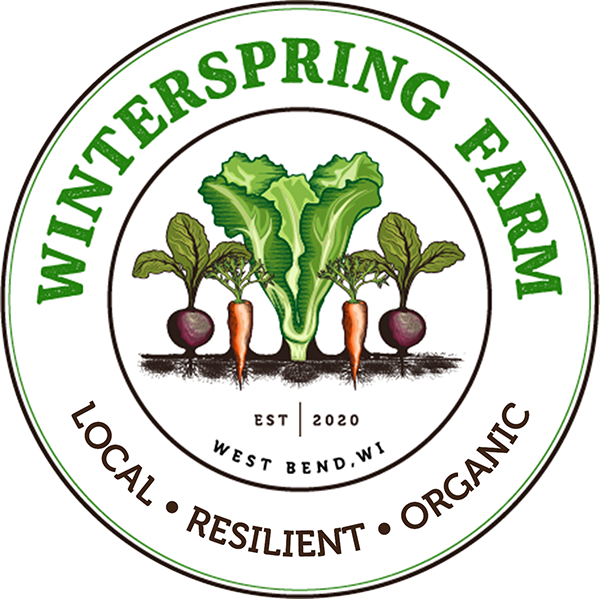Carrots
Culinary Use, Storage, & Benefits
Vegetable Profile: Carrots (Daucus carota subsp. sativus)
Description
Carrots are a classic hit, ranking high on children's list of favorite veggies. It's wonderful as a stand-alone side dish or snack. It's distinctive sweet and invigorating flavor is like none other for your homemade dishes. Either raw, cooked, or fermented in to sauerkraut, the carrot is a generous, multiuse vegetable. Heirloom carrots are available in orange, yellow, purple, white, and red colors.
Nutrition
Carrots' famous sweetness comes from their complex carbohydrate content. They are considered a tonic for the liver, lungs, and digestive system. They support skin health, stable blood sugar levels, and prevent gas and constipation. They are best known for their high content of antioxidant vitamin A precursor, beta-carotene. This nutrient has been linked with improved vision acuity. Plus, ancient Greeks considered carrot root and greens to be an aphrodisiac!
Edible parts include the root, leaves (finely chopped and used as an herb, like parsley), seeds as a spice, and flowers in salads!
Storage
Carrots are a storage crop, and prefer a cool, dark, and moist place. They will get soft if they start to lose moisture; store either in a covered container in the fridge with a wet cloth, or even in a container of moist clean sand in a pantry space. Depending on your storage method, they can last anywhere from a couple of weeks to a couple of months. The more mature the carrots are, the longer they will last; tender, baby carrots will lose their crunch more quickly when left out or uncovered in the fridge.
Use
There are a variety of ways to enjoy your fresh, locally grown carrots.
Cooked: Remove the rubber band and greens, if present. Set aside greens for use as an herb. Rinse any excess dirt off under cool water. Preheat oven to 350 degrees, or heat up a cast iron skillet. Grease a roasting dish or skillet with a healthy, heat stable, saturated fat, such as lard, bacon grease, coconut oil, or olive oil. Either roast them whole or chop them into 1/4" disks if sautéing them in a skillet. I always leave the skins on, as there is no risk of exposure to synthetic fertilizer or pollution in the soil from our farm, and there is plenty of nutrition and flavor in the outer skin. Place carrots in your skillet or pan, and toss to cover the carrots with the fat or oil. Salt to taste, cook until tender, and enjoy!
Raw: Repeat the first two steps described above. Chomp on them whole with some Homemade Herbal Ranch dip! OR, grate them with a cheese grater and incorporate into vegetable or grain salads.
Fermented: Grate the cleaned, raw carrot with a cheese grater. Incorporate with thinly sliced cabbage. Mix in salt and taste as you go. It should be as salty as seawater. Massage or squeeze the mixture until moisture is released. Pack tightly into a jar with a smaller jar inserted inside to weigh down the material under its own liquid. Cover with cheesecloth and allow to ferment on the counter 48-36 hrs, or until bubbly. Taste it each day to see how it changes!
Sources:
specialtyproduce.com
The New Whole Foods Encyclopedia by Rebecca Wood
Asparagus to Zucchini by Fairshare Coalition
Produce: A fruit and vegetable lover's guide by Bruce Beck
Our own experience!





